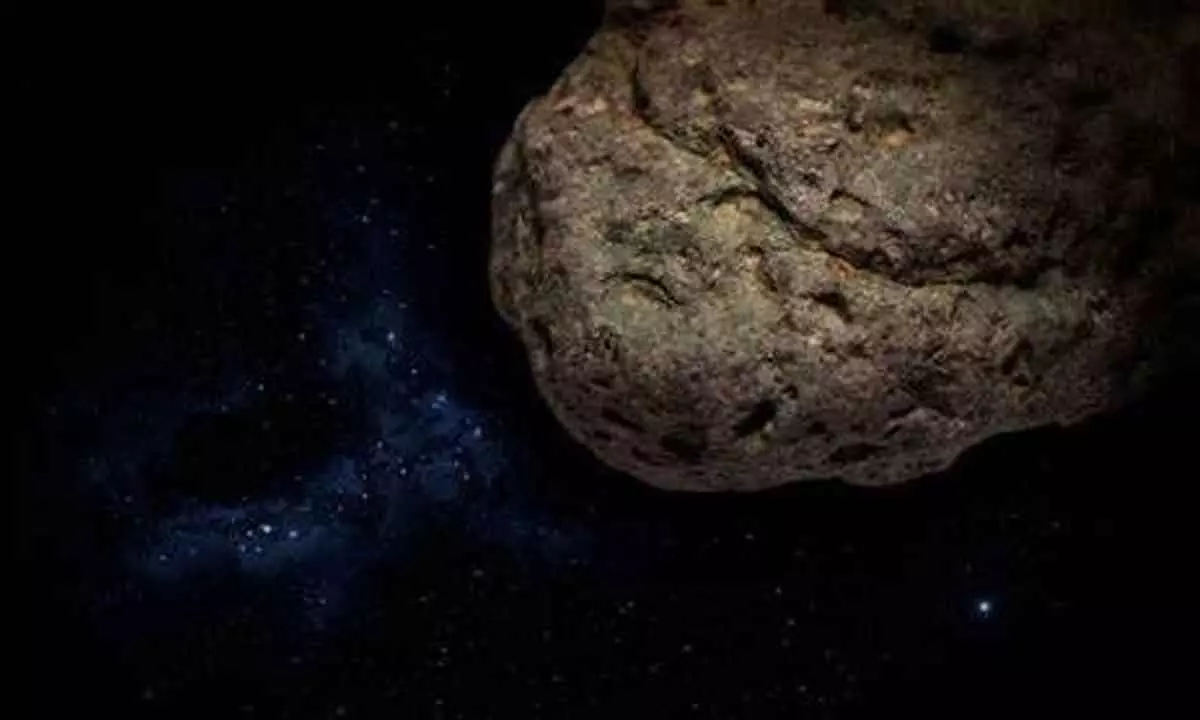Live
- Raj govt to allot land for hostel in Sahibzades' name: CM Sharma
- Anna University rape case: BJP says accused belongs to DMK student wing
- 'Dooradarshini' Brings the 90s to Life with a Nostalgic Love Story
- BJP Accuses Congress of Anti-India Politics After Distorted Map Displayed at CWC Venue
- ISL: Fluent Odisha face depleted Mohammedan in search of top four spot
- Afghanistan won't tolerate any aggression, warns Kabul after Pakistani airstrikes that killed 46
- India a global leader in disaster warning systems: Jitendra Singh
- India vs Australia 4th Test Day 1: Bumrah Shines as Australia Holds the Advantage at MCG
- Adani's Vizhinjam port welcomes 100th vessel within 6 months of operations
- Squid Game Season 2 Now Streaming on Netflix: Cast, Plot, and Release Details









